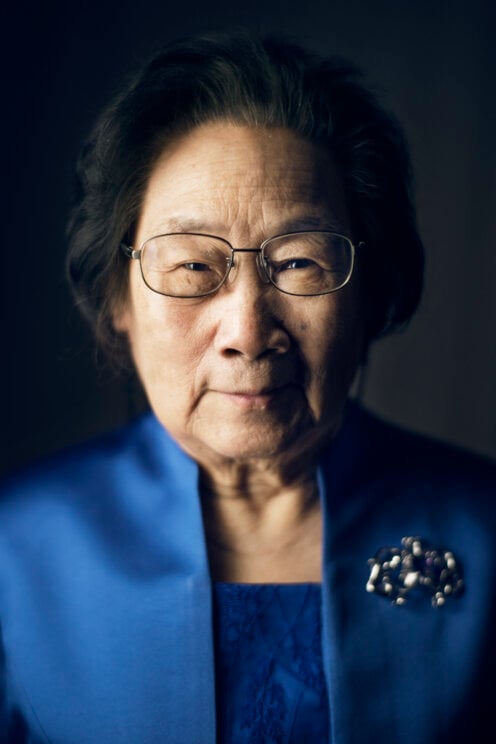53 Tu Youyou
Tu Youyou |
 |
Time period:20th century – present Subject:Pharmacology, Medicine |
|
Biography:Tu Youyou was born in 1930 on the East coast of China. She had a large family consisting of herself, her parents, and her four brothers. Their family heavily focussed on education for their children. At the age of 16, she contracted tuberculosis, which stalled her academic career. Once she recovered and headed back to school 2 years later, she dived right into studying medicine, as she decided her purpose in life was to find cures for diseases. She graduated from pharmaceutics at Beijing Medical College at the age of 24, and has spent her career at the Academy of Traditional Chinese Medicine. |
|
Summary of their contributions:In 1969, during the Vietnam War, Tu was tasked by the Chinese government to find a treatment for malaria. The parasite that caused malaria had become resistant to the standard malaria treatment at the time. She and her team spent countless hours testing 2000 potential remedies. They eventually found an extract from the sweet wormwood plant, which was used in ancient Chinese medicinal texts to treat intermittent fevers. By 1972, her team was able to isolate the active compound and named it qinghaosu or artemisinin. After a clinical trial, which Tu also participated in, it was proven to be 100% successful against the parasite and cured the malaria disease. She was awarded the Clinical Medical Research Award by the Lasker Foundation in 2011 and the Nobel Prize for Physiology or Medicine in 2015 for this discovery. |
|
Integration with the BC Secondary Science Curriculum:Tu Youyou’s work can be showcased within the BC Science curriculum. It can be related to the micro-organisms / immunity content in Grade 8. Her ideas can be associated with 2 curricular competencies.
|
|
References:The Nobel Foundation. (2016). The nobel prize in physiology or medicine 2015. NobelPrize.org. https://www.nobelprize.org/prizes/medicine/2015/tu/biographical/ Rogers, K. (2022, December 26). Tu Youyou. Encyclopædia Britannica. https://www.britannica.com/biography/Tu-Youyou |
|

